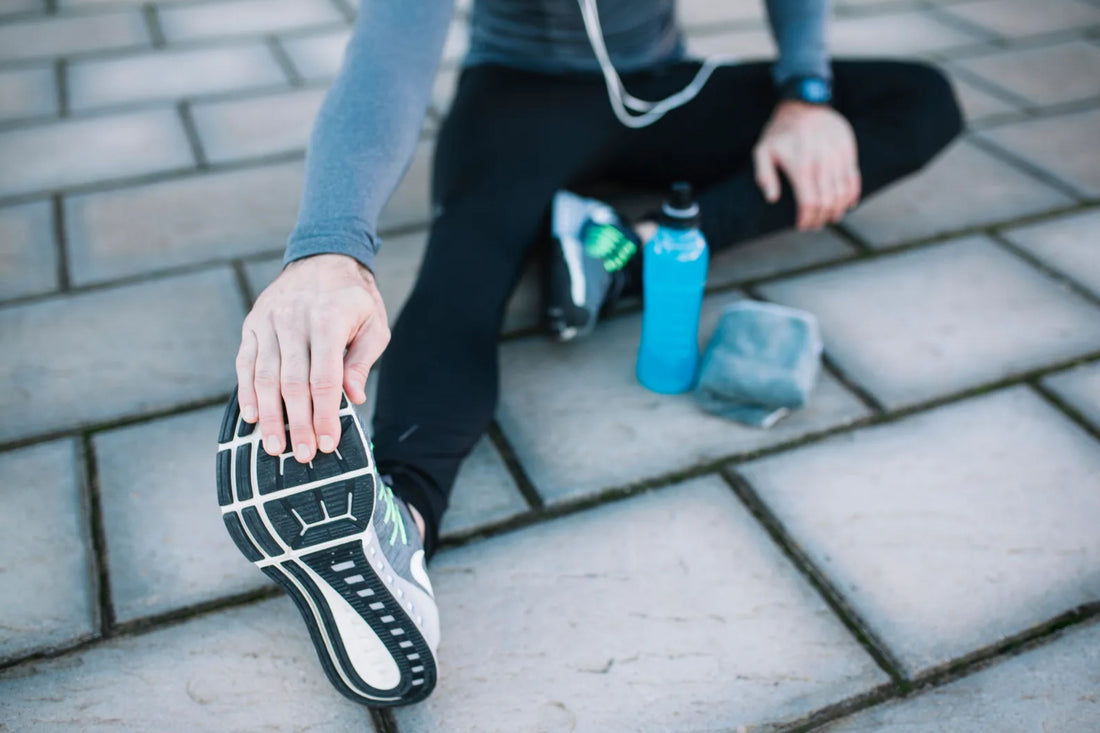
Preventing Injuries: Tips for Safe Exercise Practices
Share
Staying active is one of the best things you can do for your body and mind — but pushing too hard, too fast, or with the wrong form can lead to injuries that set you back for weeks (or worse). 😰
Whether you’re just getting started or you’re a seasoned fitness enthusiast, here’s how to protect your body and stay in the game with smart, safe exercise habits. 💪🧠
🚨 Why Injury Prevention Matters
Injuries can do more than just cause pain. They can:
- Disrupt your routine
- Lower motivation
- Create long-term mobility issues
- Lead to costly medical bills
✅ The good news? Most workout-related injuries are totally preventable with the right approach.
🧠 1. Warm Up the Right Way
Jumping into high-intensity workouts without a proper warm-up is one of the most common causes of injury.
🔥 Try this dynamic warm-up (5–10 mins):
- Arm circles & shoulder rolls
- Leg swings & hip openers
- Jumping jacks or light jogging
- Air squats or bodyweight lunges
💡 Focus on increasing blood flow and joint mobility before any heavy lifting or cardio.
🧍 2. Master Your Form
Poor technique is a top culprit for strains and sprains — especially in strength training.
Tips for proper form:
- Start with light weights or just bodyweight
- Use mirrors or record yourself to check posture
- Work with a certified trainer or coach when possible
- Don’t rush — slow, controlled movement is safer and more effective
🛑 If it hurts in a bad way — stop. Pain is a warning, not a challenge.
⚖️ 3. Don’t Skip Rest Days
Recovery is just as important as your workouts.
Why rest matters:
- Prevents overtraining injuries
- Helps muscles rebuild and grow
- Reduces inflammation and fatigue
- Supports mental motivation and consistency
🛌 Active recovery (like walking, yoga, or stretching) counts too!
📅 4. Progress Gradually — Not All at Once
Going from zero to 100 too fast can shock your muscles, joints, and tendons.
Use the 10% Rule:
Only increase the duration, intensity, or weight of your workouts by no more than 10% per week.
📈 Slow progress is sustainable progress — and it’s safer too.
👟 5. Use the Right Gear
Wearing improper or worn-out equipment (especially shoes!) can throw off your alignment and increase injury risk.
Must-haves:
- Supportive, activity-specific shoes 👟
- Compression gear for recovery
- Weightlifting gloves or belts (for heavy lifts)
- Resistance bands, mats, and proper flooring
🎯 Check and replace shoes every 6–12 months depending on activity.
💦 6. Stay Hydrated and Fueled
Dehydration or lack of nutrients can lead to:
- Cramps
- Dizziness
- Poor performance
- Delayed recovery
🥤 Drink water before, during, and after exercise
🍌 Fuel up with balanced carbs, protein, and healthy fats — especially for longer sessions.
🧘 7. Stretch & Cool Down After Every Workout
Many injuries occur after a workout, especially if you stop suddenly or skip cooldowns.
Effective cooldown includes:
- Gentle stretching (especially hamstrings, hips, back)
- Deep breathing to lower heart rate
- Foam rolling or light yoga
🧘 Just 5–10 minutes can make a big difference in recovery and injury prevention.
❗ Bonus: Listen to Your Body
Pushing through pain or fatigue doesn't make you tougher — it makes you more likely to get injured.
Learn to recognize:
- Muscle soreness vs. sharp pain
- Good fatigue vs. overtraining
- Tightness vs. potential strain
🧠 Your body talks. Smart athletes listen.
🧠 Final Thoughts: Train Smart to Stay Strong
Working out should leave you feeling stronger — not sidelined. The key to long-term fitness success is consistency, and that only happens when you train safely, recover properly, and stay injury-free.
✅ Warm up
✅ Focus on form
✅ Take rest days seriously
✅ Invest in the right gear
✅ Listen to your body
![HBS+ [ Human Being Sports ]](http://humanbeingsports.com/cdn/shop/files/logo.png?v=1747052408&width=600)
